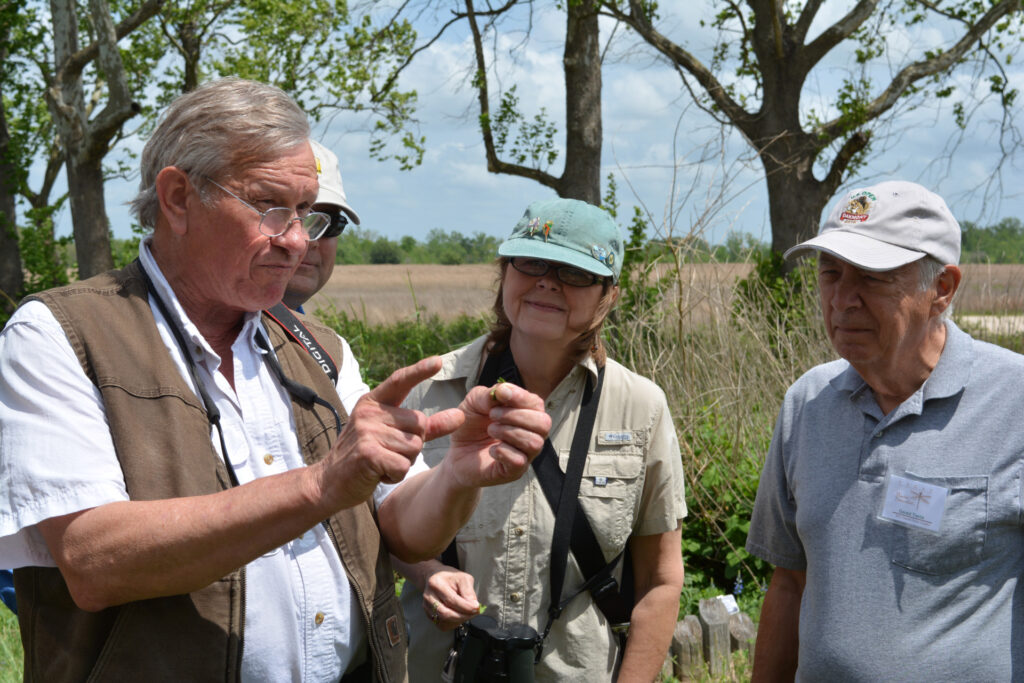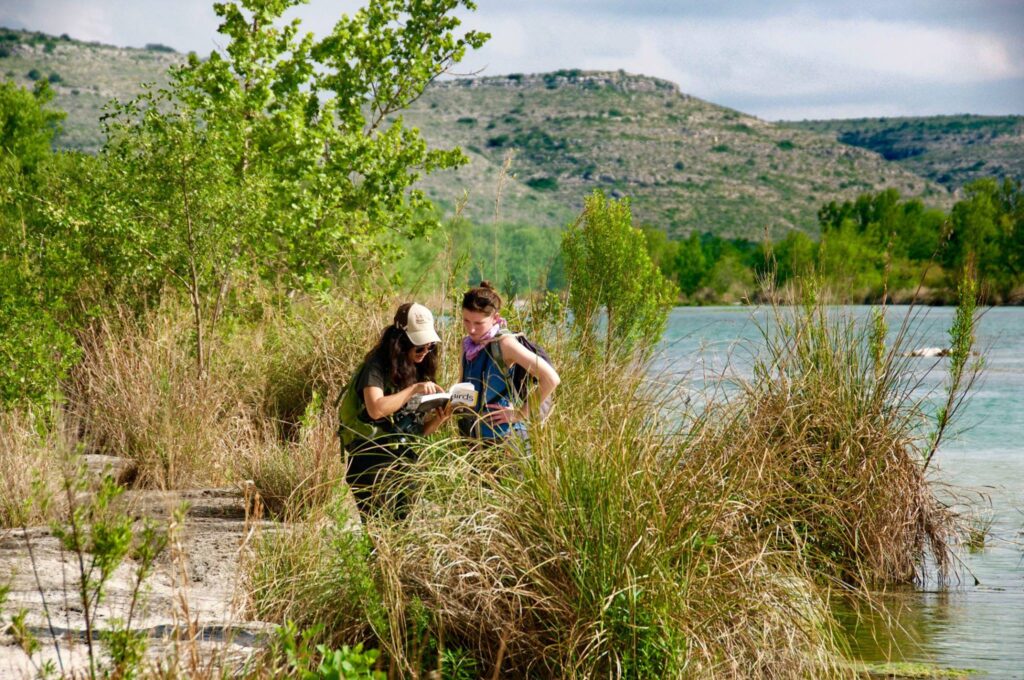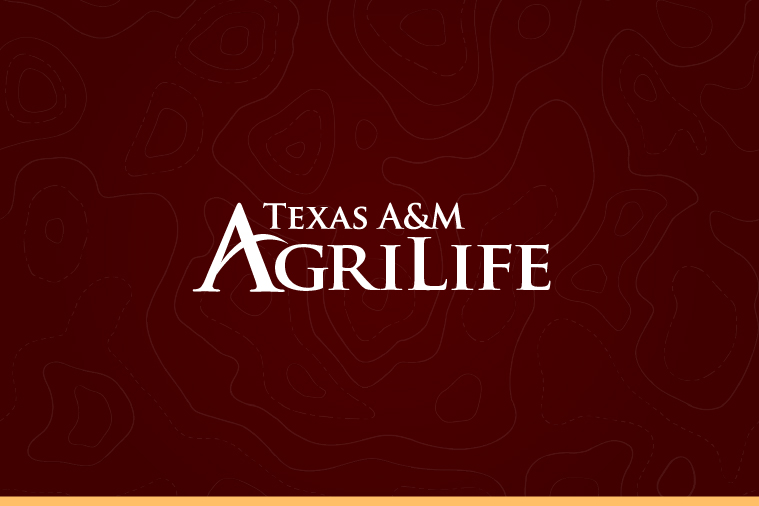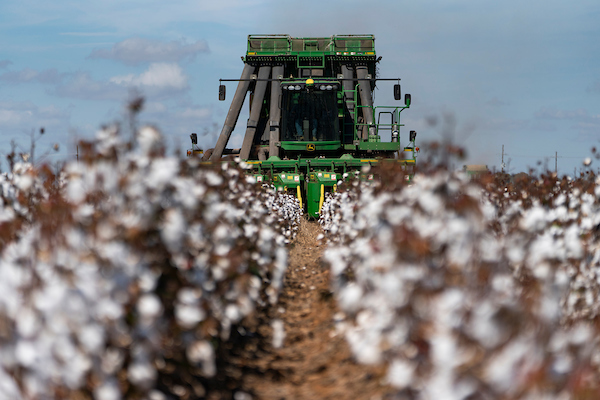Volunteering with Texas Master Naturalist
Texas Master Naturalist program celebrates robust community of volunteers excited to give back to the natural world
Mary Pearl Meuth is excited to wake up every day and work with people who spend their days learning about “crawly things” and the nature around them.
Meuth is the Texas A&M AgriLife Extension Service program coordinator for the Texas Master Naturalist Program, where she works with more than 6,000 volunteers around Texas.
This April, AgriLife Extension is celebrating National Volunteer Month by recognizing and celebrating the impact from the agency’s four statewide volunteer programs.
Texas Master Naturalist is one of the four volunteer programs. It was developed in 1998 as a joint program between AgriLife Extension and the Texas Parks and Wildlife Department. The program develops volunteers who want to serve their local communities and manage the natural resources around them through education, outreach and service.
Meuth started her professional career in Bell County, assisting the Central Texas Master Naturalist chapter.

“While working in this position, I teamed up with the AgriLife Extension county agent to identify volunteer training events and projects,” she said. “This position opened my eyes, and I learned a lot about volunteers and volunteerism.”
Later, Meuth had the opportunity to lean on Texas Master Naturalist volunteers while working for a non-profit in Houston.
“It was a serendipitous moment because I had the opportunity to fuse an amazing program into my job,” she said. “They were my go-to volunteers for wildlife education during our field events, school nights, and after-hour programs.”
Meuth returned to AgriLife Extension in 2014 to help lead the Texas Master Naturalist Program.
“When this position came open, I jumped at the opportunity to use my skills from both points of view of the program,” Meuth said.
Why did you choose to serve with Texas Master Naturalist?
Every day, I serve this program with a passion for people who are selfless in their service and excited about the “crawly things” and nature around them. It’s not every job where you work with thousands of volunteers who wake up every day and want to go outside, learn more about their surroundings, and serve and teach their community. I chose to spend my days with an incredible community of “naturalist nerds”; they are my family.
What is a Texas Master Naturalist volunteer?
Texas Master Naturalist volunteers are eager to learn about the world they live in, their ecoregion, plants and animals around them. Our volunteers are curious, engaged and civically minded. They want to serve their communities through service, outreach, research, education and natural resource-based programs.
How many Texans volunteer with the Texas Master Naturalist program?
The Texas Master Naturalist program averages 6,000 active volunteers and has trained over 16,000 volunteers over the program’s lifetime.
What type of projects do Master Naturalists volunteer with?
Our 49 chapters across the state develop meaningful, impactful and needed projects within their communities.

There are vast opportunities for volunteer events — from educating school groups to helping researchers identify plant species, bird frequencies and bat sounds. We also offer hands-on opportunities such as planting pollinator gardens, pulling invasive species, clearing trails and developing nature viewing areas at our state parks.
You can spend your entire life as a Texas Master Naturalist volunteer and serve in multiple areas because our program offers something for everyone.
What skills should a Texas Master Naturalist possess?
Although we hope our volunteers are curious, willing to serve and ready to meet like-minded conservationists, we don’t require them to come in with an existing set of naturalist skills. They learn these skills while completing the training and curriculum.
Through the training and curriculum, our volunteers will learn how to define and describe each naturalist unit, recognize and describe classes of plants, demonstrate methods of collecting insects, understand the roles different species play in the Texas ecosystem, and much more.
What training does the program offer?
Master Naturalist volunteer training programs are offered within local chapters once or twice a year during the fall or spring. You can sign up for training to become a volunteer at your local AgriLife Extension county office. Volunteers must complete 40 hours of initial training, which covers 24 curriculum units on topics such as land stewardship, archeology, ecosystems, geology and soils, weather and climate, Texas water resources, plants, entomology and more.
The trainings are taught by experts from a variety of agencies such as Texas A&M Forest Service, AgriLife Extension, universities and the Texas Parks and Wildlife Department. These trainings take place in the classroom or in the field when volunteers need a hands-on approach to what they are learning. Our goal is to set our volunteers up for success through teaching and allowing them access to the knowledge, responsibility and mission of a Texas Master Naturalist.
What do you hope the volunteers get out of the program?
Our biggest hope for the volunteers joining the program is that they find their community of “naturalist nerds” who get excited about the small things. We hope our volunteers find ways to grow their education and connections while serving and teaching others.
What advice would you give someone who wants to become a Texas Master Naturalist volunteer?
My advice is a quote from Bernd Heinrich: “He instilled in me the mind and the values of a naturalist: to be open to all possibilities, to be a close and careful observer, to discipline my interpretation with facts and to work hard at my passions so that they might bear fruit.”
Visit the Texas Master Naturalist Program to learn more about how you can become a Texas Master Naturalist and make a difference in your community.





